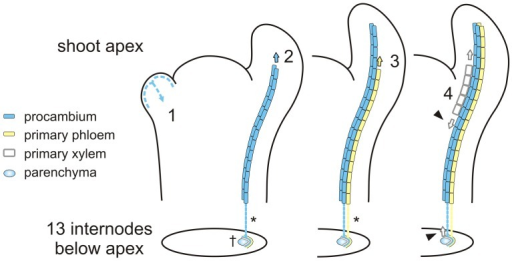
Likewise, in deep-water rice, the OsEXP1 expansin gene is expressed primarily in the youngest LP ( 11). In tomato apices ( 10) one expansin gene, LeExp18, is up-regulated in LP coincident with the origin of the primordium. When LPs form in vivo, there can also be an up-regulation of expansin. An up-regulation of expansin, then, is sufficient to cause a leaf to be formed at the SAM, even at a spot where its development would normally be strongly inhibited. Induction of expansion at the I 2 location, where a LP would normally arise only after one appeared at the I 1 location, resulted in a LP at that spot. When Ahtet was applied to a small region of the SAM expansin was induced in L1–元 layers. Application of anhydrotetracycline (Ahtet) induced the expression of expansin in those cells to which Ahtet was applied. They introduced a cucumber expansin gene into tobacco plants combined with the tetracycline-inducible promoter system. ( 3) have used an imaginative approach to overcome the penetration problem. Together, these two papers are starting to answer some of the main questions about LP formation. ( 4) obtained similar results, but used instead a localized application of the plant hormone auxin. ( 3) have demonstrated that a localized induction in the SAM of the wall-loosening protein expansin is sufficient to induce a primordium and set into motion all of the events needed to produce a mature leaf. Two recent papers now provide some of the answers.

A major question in plant development is what events occur at the I 1 position, so that the primordium develops at this spot rather than elsewhere on the SAM. The ordered arrangement of LPs around the circumference of the SAM is known as phyllotaxy ( 2). These LPs occur in predictable positions, with the site of the next primordium (I 1) being specified by the location of the most recently appearing primordia (e.g., P 1, P 2). The shoot apical meristem (SAM), at the tip of the plant stem, has two roles it is the source of the new cells that are needed for stem growth, and it is the site of small cellular outgrowths, called leaf primordia (LP), that develop into the leaves ( 1).


 0 kommentar(er)
0 kommentar(er)
